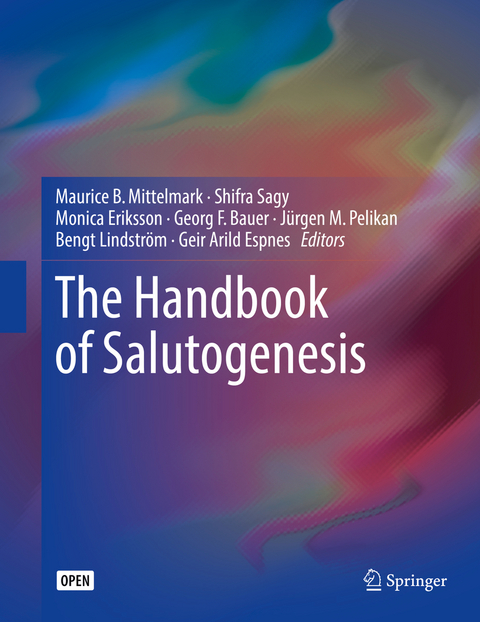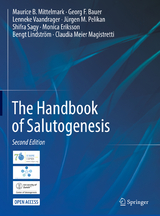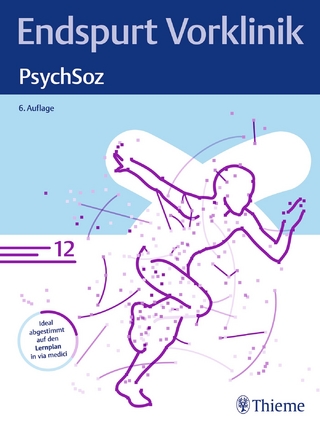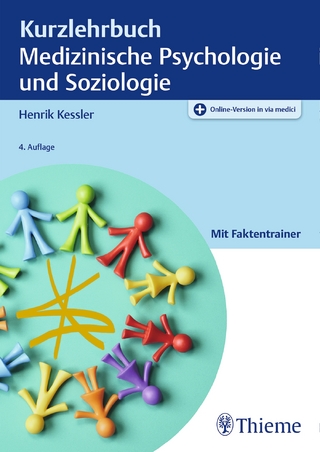
The Handbook of Salutogenesis
Springer International Publishing (Verlag)
978-3-319-04599-3 (ISBN)
- Titel erscheint in neuer Auflage
- Artikel merken
· Emerging ideas relevant to the salutogenic model of health
Editors Maurice B. Mittelmark is a psychologist and epidemiologist, and a fellow of the American College of Epidemiology. He conducted health behaviour research and community-based studies of chronic disease prevention at the University of Minnesota from 1978 to 1987. At Wake Forest University (1987-1995), he directed the Center for Human Services Research and several community studies related to the health needs of vulnerable population subgroups, including older adults and African-Americans. At the University of Bergen in Norway since 1995, in the Department of Health Promotion and Development, his research interests include health promotion partnerships, salutogenesis, and health equity in the Global South. Professor Mittelmark was President of the International Union for Health Promotion and Education (IUHPE) in the period 2001-2007 and served after that as IUHPE Vice President for Communications, and Editor-in-Chief of the IUHPE's journal Global Health Promotion. Shifra Sagy is director of the Martin Springer Center for Conflict Studies, and professor emerita of Psychology in the Department of Education at Ben-Gurion University of the Negev in Beer-Sheva, Israel. Monica Eriksson is senior lecturer in Public Health, associate professor in Health Promotion, and head of the Center on Salutogenesis at University West in Trollhättan, Sweden. Georg F. Bauer is professor and head of the Division of Public and Organizational Health at the Institute of Social and Preventive Medicine, University of Zürich and Center for Organizational and Occupational Sciences, ETH Zürich in Switzerland. Jürgen M. Pelikan is an emeritus professor of Sociology at the University of Vienna, and director of the World Health Organization Collaborating Center for Health Promotion in Hospitals and Health Care at the Ludwig Boltzmann Institute for Health Promotion Research in Vienna, Austria. Bengt Lindström is professor of Salutogenesis and Health Promotion at NTNU (Norwegian University of Science and Technology) in Norway, and chair of IUHPE Global Working Group on Salutogenesis. Geir Arild Espnes is professor and director at NTNU Center for Health Promotion Research (Sør-Trøndelag University College and Norwegian University of Science and Technology) in Trondheim, Norway.
Section I: History and Development of the Salutogenic Model.- Introduction to the Aim of the Book.- Aaron Antonovsky, the Scholar and the Man.- The Salutogenic Model of Health: Developments from 1979 to 1994.- The Sense of Coherence as Appreciated by Antonovsky.- Section II: Developments in the Era after Antonovsky: Sense of Coherence.- The Role of Culture in the Development of Sense of Coherence.- Development of SOC over the Life Course.- Sense of Coherence: Individuals, Families, Community.- Critical Reflections on the Conceptualisation and Measurement of SOC.- Section III: Developments in the Era after Antonovsky.- The Conceptualisation, Nature, Sources and Measurement of Generalised Resistance Resources.- Public and Private Health Measures and Other Specific Resistance Resources.- The Concepts of Health in Research Based on the Salutogenic Model.- Section IV: Salutogenesis Research in Settings for Health Promotion.- Organisations and Work Life.- Schools.- Cities and Towns.- Community Gardens and Care Farms.- Health Care Settings.- Very Poor Settings in the Global South.- Correctional Settings.- Section V: Salutogenesis Scholarship in Non-English Literatures.- Dutch.- French.- German.- Hebrew.- Italian.- Japanese.- Polish.- Russian.- Scandinavian Languages.- Spanish.- Section VI: From the Present to the Future.- Newer Conceptualisations of the Salutogenic Model of Health.- Evidence-Based Revision of the Salutogenic Model.- Development of the Salutogenic Orientation as Part of a Larger Movement Towards Positive Perspectives in Health Promotion.- Conclusions.- Resources.
| Erscheint lt. Verlag | 20.9.2016 |
|---|---|
| Zusatzinfo | XXXVI, 461 p. 142 illus., 114 illus. in color. |
| Verlagsort | Cham |
| Sprache | englisch |
| Maße | 210 x 279 mm |
| Themenwelt | Geisteswissenschaften ► Psychologie ► Sozialpsychologie |
| Studium ► 1. Studienabschnitt (Vorklinik) ► Med. Psychologie / Soziologie | |
| Studium ► Querschnittsbereiche ► Prävention / Gesundheitsförderung | |
| Schlagworte | culture and salutogenesis • Generalised Resistance Resource Deficits • Salutogenesis • salutogenic model of health • sense of coherence and aging • sense of coherence and health |
| ISBN-10 | 3-319-04599-7 / 3319045997 |
| ISBN-13 | 978-3-319-04599-3 / 9783319045993 |
| Zustand | Neuware |
| Haben Sie eine Frage zum Produkt? |
aus dem Bereich



